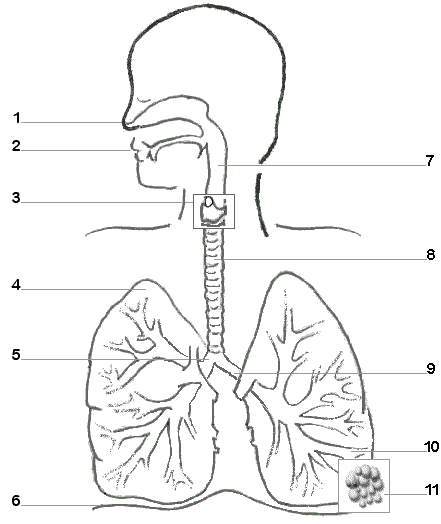In 1946, Willard Libby proposed a forward thinking way of dating natural materials by calculating their content of carbon-14, a newly found radioactive isotope of carbon. Referred to as radiocarbon relationship, this technique provides objective age estimates for carbon-based objects that comes from residing organisms. The “radiocarbon revolution” made possible by Libby’s development greatly benefitted the fields of archaeology and geology by permitting practitioners to build up more exact chronologies that are historical geography and cultures.
Contents

Willard Libby’s notion of radiocarbon dating
Willard Libby (1908–1980), a professor of chemistry in the University of Chicago  , started the extensive research that led him to radiocarbon relationship in 1945. He had been influenced by physicist Serge Korff (1906–1989) of New York University, whom in 1939 found that neutrons had been produced throughout the bombardment associated with environment by cosmic rays. Korff predicted that the effect between these neutrons and nitrogen-14, which predominates into the environment, would create carbon-14, additionally called radiocarbon.
, started the extensive research that led him to radiocarbon relationship in 1945. He had been influenced by physicist Serge Korff (1906–1989) of New York University, whom in 1939 found that neutrons had been produced throughout the bombardment associated with environment by cosmic rays. Korff predicted that the effect between these neutrons and nitrogen-14, which predominates into the environment, would create carbon-14, additionally called radiocarbon.
Libby cleverly realized that carbon-14 into the atmosphere would find its way into residing matter, which may hence be tagged with all the isotope that is radioactive. Fortsätt läsa ”Willard Libby and Radiocarbon Dating. Willard Libby’s notion of radiocarbon dating”
